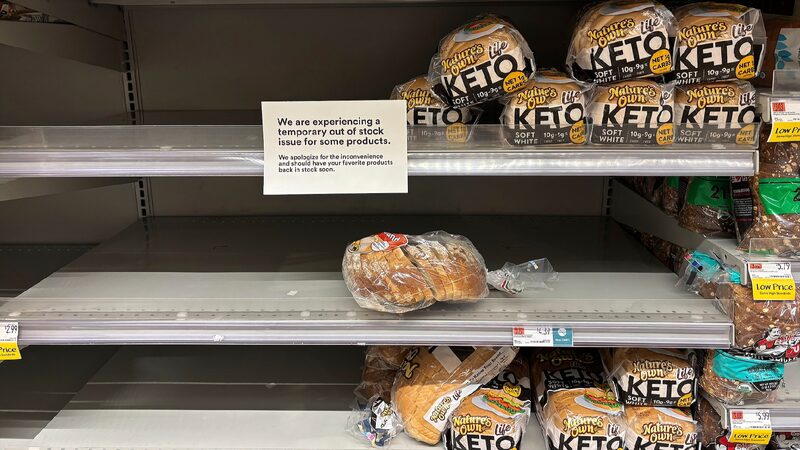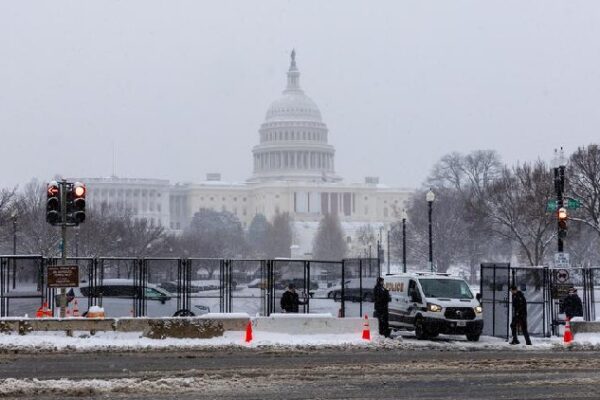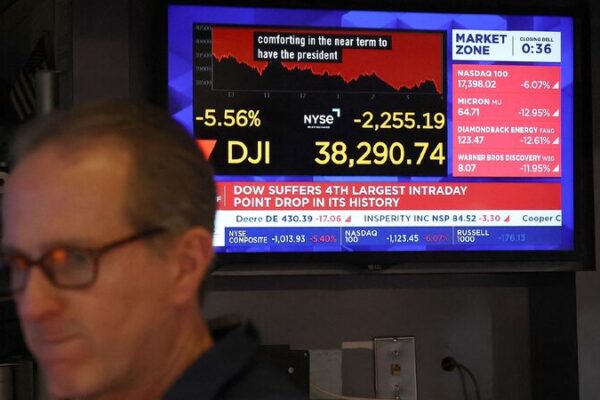Consumers across the United States are feeling the pinch as tariffs imposed on imported goods lead to higher prices on everyday items. Recent data shows that consumer prices have been steadily increasing, causing concern among households and economists alike.
Inflation has been persistent, with the Consumer Price Index reflecting the upward trend in costs. Many essentials—from household appliances and clothing to construction materials—have become more expensive. This rise in prices disproportionately impacts middle- and lower-income consumers, who spend a larger portion of their income on necessities.
Experts suggest that the tariffs introduced in recent years have not achieved their intended goals of protecting domestic industries and boosting economic growth. Instead, these trade policies have contributed to higher costs for consumers and businesses. Studies estimate that tariffs have added significant expenses to the average US household’s annual budget.
Business leaders and economists are voicing their concerns. Prominent figures warn that punitive tariffs could drive further inflation and hamper economic recovery. Industry leaders caution that additional tariffs could negatively affect key sectors like the automotive industry.
The international community is also reacting. Trade partners have announced retaliatory measures, imposing tariffs on US exports. These actions heighten tensions and contribute to global economic uncertainty.
There is a growing consensus that protectionism may not be the solution and that trade wars have no winners. With inflation high and economic growth showing signs of slowing, it’s crucial for the US to reassess its trade strategies. Taking effective measures to ease the burden on consumers and restore confidence in the market is essential to prevent potential economic downturns.
Reference(s):
US tariffs hurt consumers, putting them under immense pressure
cgtn.com








